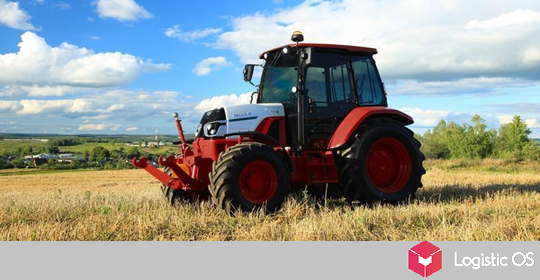The global climate crisis reaches a critical point.
The climate crisis has already cost more than €80 billion in Germany alone, according to a study by the Swiss consulting firm Prognos.
Heat and drought in 2018 and 2019 caused €35 billion worth of damage, the 2021 flood another €40bn, storm and hail added another €5bn.
At the same time, it should be taken into account that statistics do not take into account the damage caused to individuals, except for the consequences for health.
Since 2000, Germany has spent an average of €6.6 billion to cover damages related to the climate crisis.
The agricultural sector suffers the most from the effects of heat and drought — its losses only in 2018-2019. amounted to € 25.6 billion.
The floods, which affected the south of North Rhine-Westphalia and the north of Rhineland-Palatinate, cost households an estimated €14 billion.
More than € 6 billion was missed by the construction industry, industry and trade.
July 18, 2022, a European Commission (EC) report was published with a disappointing forecast for a decline in crops in almost half of Europe.
In the midst of the sanctions confrontation, a deadly heat has set in Europe in the literal sense: the death toll from abnormally high temperatures is already in the tens of hundreds of people.
Forest fires covered Portugal, Spain, Italy, France, Greece, Britain declared a red alert level.
In addition to problems with the supply of fertilizers from Russia and Belarus, the high cost of fuel added problems with adverse weather conditions.
According to the European Commission, more than 46% of the territory of the European Union is under the threat of a large loss of crops, 11% already experience a significant deficit of soil moisture.
In Spain thermometers rose above 40 degrees Celsius, more than 20,000 hectares of forest were burned in three days.
In Italy drought has destroyed almost a third of barley, wheat and rice crops.

Meanwhile, the climatic problems of the new season have practically not touched Russia.
The harvest is expected to be no less than last year, the sowing campaign took place on time, the farmers were provided with fertilizers, at the beginning of the harvesting campaign, the yield was 24% higher than last year.
The Food and Agriculture Organization of the United Nations predicts a Russian grain harvest of 128 million tons, 6% above the annual average over the past five years.

